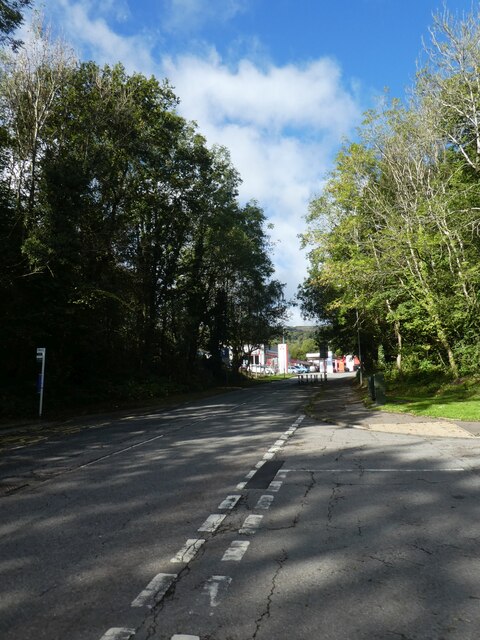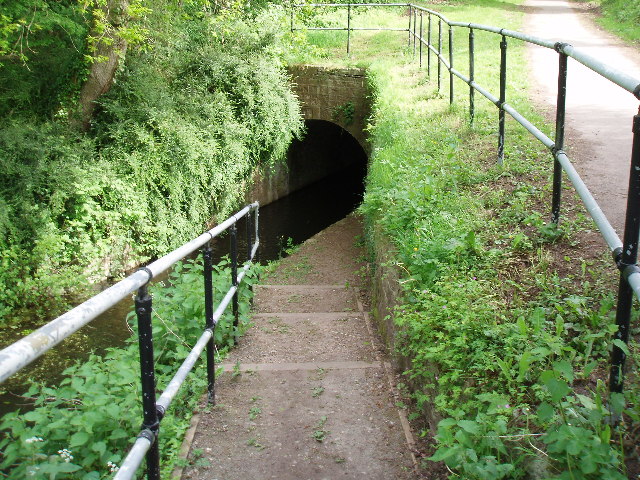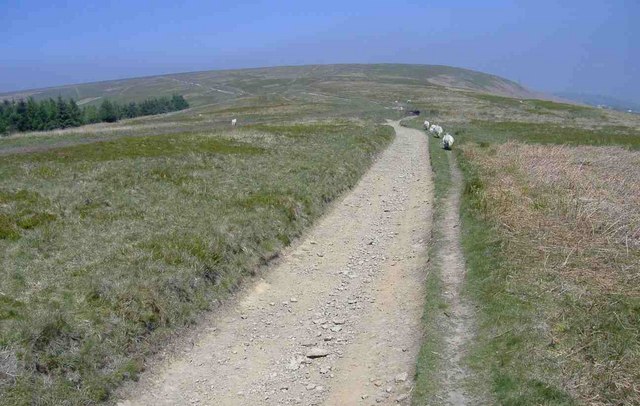Coed Gwern-Esgob
Wood, Forest in Monmouthshire
Wales
Coed Gwern-Esgob

Coed Gwern-Esgob is a picturesque woodland located in Monmouthshire, Wales. Spread across an area of approximately 100 acres, the woodland is known for its serene beauty and rich biodiversity. The name "Coed Gwern-Esgob" translates to "wood of the bishop's alder grove," referencing the historical connection of the area with the Church.
The woodland is predominantly composed of native tree species, including oak, ash, beech, and birch. The dense canopy formed by these trees creates a cool and shady environment, making it a perfect retreat during hot summer days. A network of well-maintained footpaths crisscrosses the woodland, offering visitors the chance to explore its natural wonders at their own pace.
Coed Gwern-Esgob is home to a wide variety of wildlife, including several species of birds, mammals, and insects. Birdwatchers can spot woodpeckers, nuthatches, and various songbirds, while those with a keen eye may encounter small mammals like foxes, badgers, and rabbits. The woodland also boasts a diverse array of plant life, with wildflowers, ferns, and mosses adding a splash of color to the forest floor.
Aside from its natural beauty, Coed Gwern-Esgob also holds historical significance. The woodland has been a part of the local landscape for centuries and has witnessed the passage of time. It has been a place of solace for generations, providing a tranquil setting for contemplation and relaxation.
Coed Gwern-Esgob is a popular destination for nature enthusiasts, hikers, and families seeking a peaceful escape from the hustle and bustle of everyday life. It offers a perfect blend of natural beauty, wildlife, and history, making it a must-visit location in Monmouthshire.
If you have any feedback on the listing, please let us know in the comments section below.
Coed Gwern-Esgob Images
Images are sourced within 2km of 51.666091/-3.0596783 or Grid Reference ST2696. Thanks to Geograph Open Source API. All images are credited.





Coed Gwern-Esgob is located at Grid Ref: ST2696 (Lat: 51.666091, Lng: -3.0596783)
Unitary Authority: Torfaen
Police Authority: Gwent
What 3 Words
///race.keys.trunk. Near Cwmbran, Torfaen
Nearby Locations
Related Wikis
Upper Cwmbran
Upper Cwmbran (Welsh: Cwmbrân Uchaf) is a suburb of Cwmbran, Torfaen in Wales. It lies in between the suburbs of Pontnewydd and Thornhill. It is a community...
Thornhill, Torfaen
Thornhill is a large council estate on the western side of Cwmbran, Torfaen in Wales. It is adjacent to the suburbs of Greenmeadow and Upper Cwmbran and...
Mynydd Twyn-glas
Mynydd Twyn-glas is a sprawling 472-metre-high mountain extending into Caerphilly and Torfaen county boroughs in South Wales. It lies southwest of Pontypool...
Greenmeadow
Greenmeadow is a suburb of Cwmbran in the county borough of Torfaen, within the historic county boundaries of Monmouthshire, southern Wales, United Kingdom...
Nearby Amenities
Located within 500m of 51.666091,-3.0596783Have you been to Coed Gwern-Esgob?
Leave your review of Coed Gwern-Esgob below (or comments, questions and feedback).














